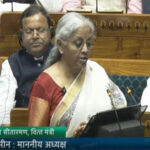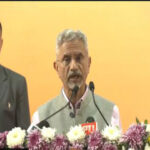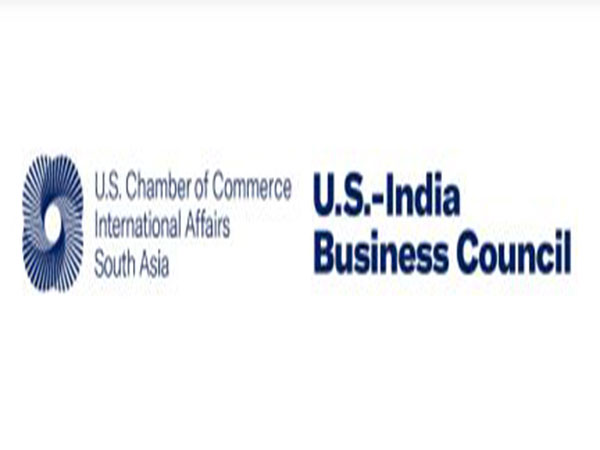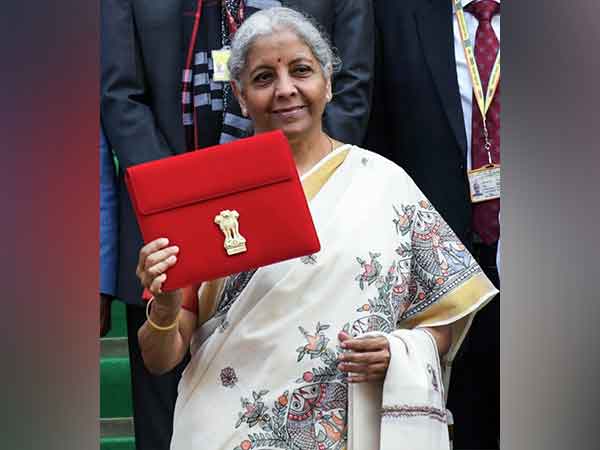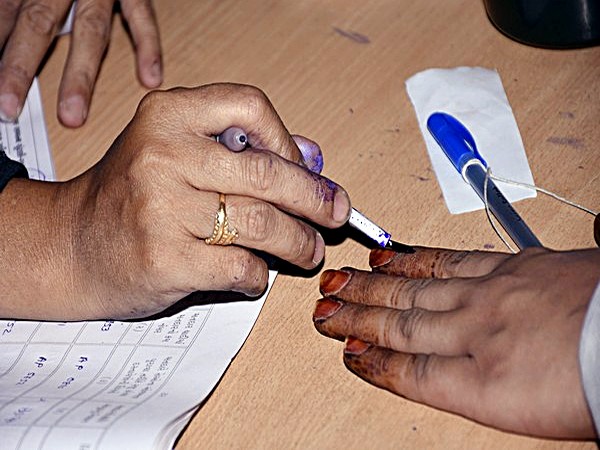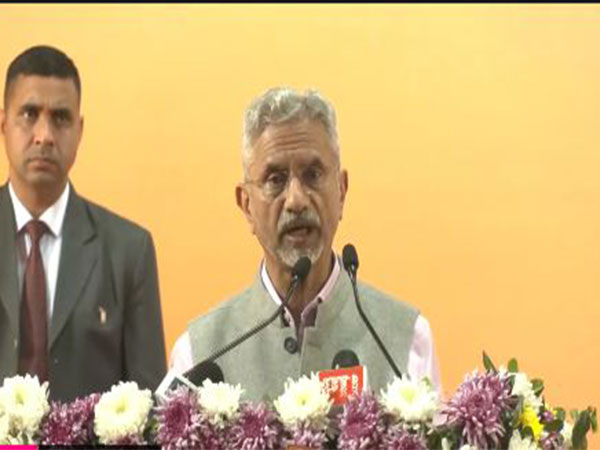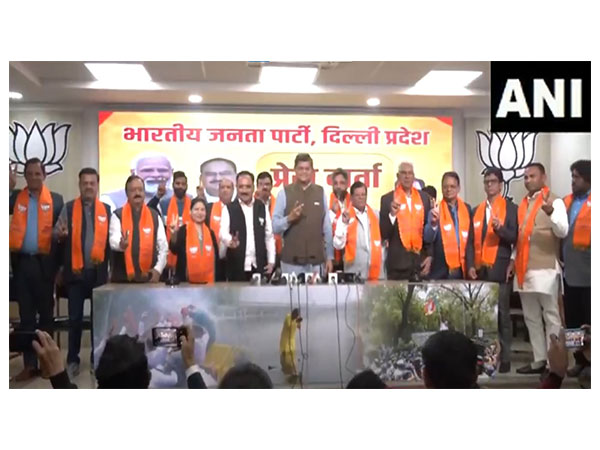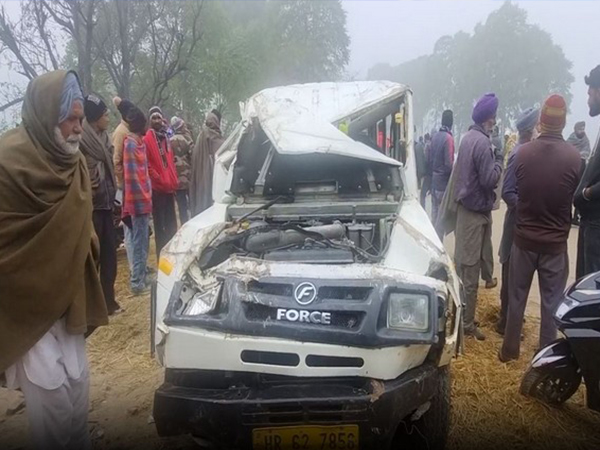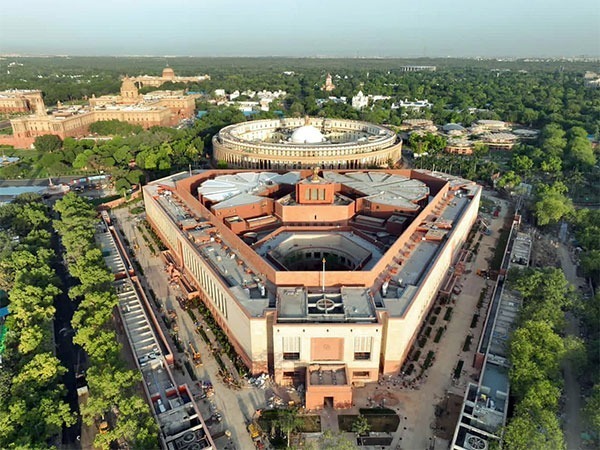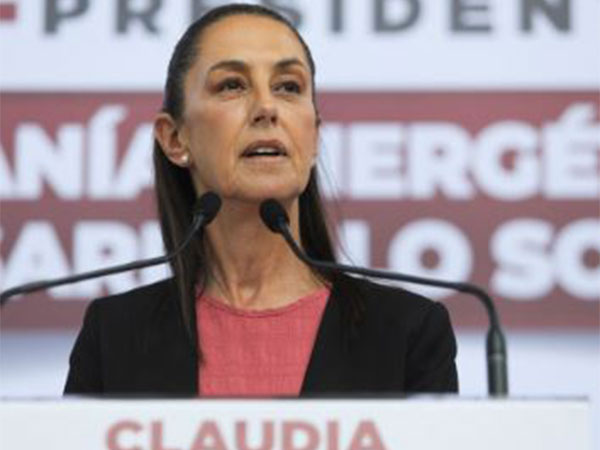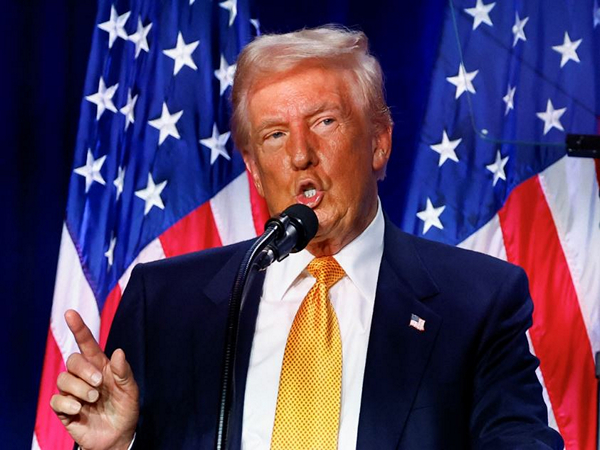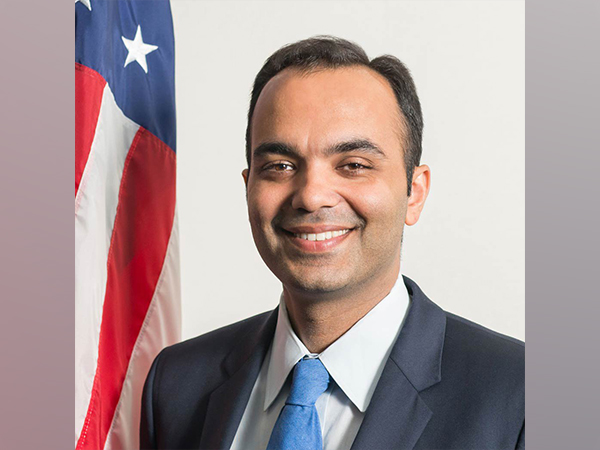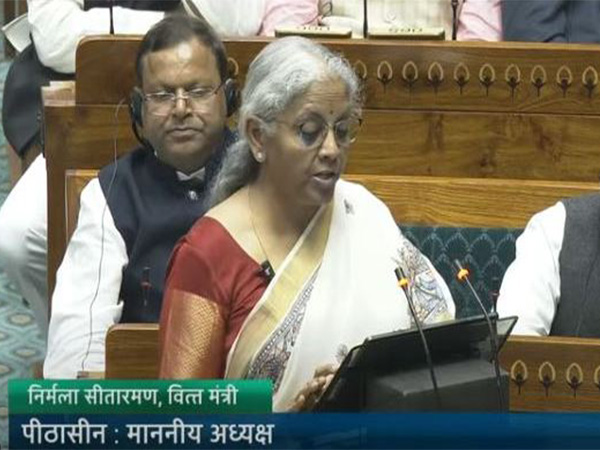
New Delhi, India, February 1 (ANI) – Finance Minister Nirmala Sitharaman presented the Union Budget 2025-26, outlining key priorities aimed at accelerating economic growth, ensuring inclusive development, supporting industries, and boosting household sentiment. The budget also focuses on enhancing the spending power of India’s expanding middle class.
Sitharaman emphasized the budget’s core objectives:
- Accelerating economic growth
- Ensuring inclusive development
- Strengthening industry and society
- Boosting household sentiment
- Enhancing the purchasing power of India’s middle class
Acknowledging geopolitical uncertainties that could impact global economic growth, the Finance Minister expressed confidence in India’s resilient economic foundation. She highlighted that a decade of structural reforms and development policies has positioned India as the world’s fastest-growing major economy, reinforcing global confidence in the country’s potential. The next five years, she stated, would be crucial in realizing holistic development.
Under the leadership of Prime Minister Narendra Modi, the government remains committed to the vision of ‘Sabka Vikas’ (Development for All), ensuring balanced growth across all regions and sectors.
Viksit Bharat Vision Quoting Telugu poet and playwright Gurajada Apparao, Sitharaman emphasized that a nation is defined by its people. With this guiding philosophy, the government’s vision for Viksit Bharat (Developed India) includes:
- Poverty eradication
- Universal access to quality education
- Comprehensive and affordable healthcare
- A skilled workforce with meaningful employment
- 70% women’s participation in the economy
- Strengthening agriculture to establish India as the “food basket of the world”
The budget paves a clear path for India’s growth, prioritizing economic empowerment, industrial progress, and societal well-being. With a strong track record and ambitious goals, the government is determined to propel the nation towards greater prosperity in the coming years.
Increasing FDI in Insurance Sector with Guardrails
The Finance Minister announced a proposal to raise the Foreign Direct Investment (FDI) limit in the insurance sector from 74% to 100%, attracting more funds while ensuring safeguards for reinvestment of premiums collected in India.
Speaking to DD News, Sitharaman highlighted tax relief measures designed to return money to taxpayers, particularly benefiting MSMEs and the middle class. She confirmed that the exemption applies up to ₹12 lakh, with reduced tax rates across income brackets, ensuring equitable tax benefits.
The Budget also introduced reforms to streamline corporate mergers, enhance the efficiency of the KYC process through a revamped Central KYC Registry, and revamp Bilateral Investment Treaties to encourage sustained foreign investment under the ‘First Develop India’ framework.
The Finance Minister also provided updates on the second phase of the Asset Monetisation Plan, emphasizing state collaboration to reinvest returns into new infrastructure projects.
Additionally, SIDBI will expand its presence in every industrial MSME cluster to provide direct and affordable working capital and term loans, addressing the financial needs of small businesses.
A new initiative, ‘Prime Minister Dhan-Dhaanya Krishi Yojana,’ will be launched in partnership with states across 100 districts to enhance agricultural productivity, irrigation, and storage while promoting crop diversification and credit access.
To tackle underemployment in rural areas, the government will introduce the ‘Rural Prosperity and Resilience’ program, which will focus on skill development, investment, and technology adoption, particularly benefiting rural women, young farmers, and small landowners.
Support for Gig Workers, Street Vendors, and the Informal Sector
The Finance Minister announced the introduction of identity cards for gig workers, granting them access to healthcare through a social security scheme. Street vendors and online platform workers will also receive enhanced financial support under a revamped PM SVANidhi scheme, which includes UPI-linked credit cards with a ₹30,000 limit and expanded bank loans.
A committee comprising key stakeholders will develop a framework for social security and welfare benefits for gig and platform workers, ensuring coverage for life, disability, accident, health, and maternity benefits. Sitharaman reiterated the government’s commitment to uplifting informal sector workers and strengthening financial inclusion.
Positive Response from the Auto Industry
The auto sector has welcomed the Union Budget’s focus on long-term economic growth, manufacturing, and regulatory reforms. Shailesh Chandra, President of the Society of Indian Automobile Manufacturers (SIAM), noted that increased rural prosperity, agricultural support, and personal income tax reforms would positively impact demand.
He also highlighted the benefits of the National Manufacturing Mission, which supports the transition to clean mobility by incentivizing battery and motor production. The reduction of customs duties on critical minerals and lithium-ion battery components is expected to bolster the electric vehicle (EV) ecosystem in India.
Dr. Anish Shah, CEO & MD of Mahindra Group, described the budget as “progressive and balanced,” praising its emphasis on infrastructure, innovation, and MSME support. He noted that tax reforms would increase disposable income and stimulate private investment, aligning with the ‘Make in India for the World’ initiative to enhance global competitiveness.
Economic Growth Outlook
The Economic Survey 2024-25 projects India’s GDP growth at 6.3% to 6.8% for the financial year 2025-26. To achieve the vision of Viksit Bharat by 2047, the survey recommends sustaining an 8% growth rate over the next two decades.
With a strategic focus on economic expansion, social welfare, and industrial innovation, the Union Budget 2025-26 lays the groundwork for a resilient and prosperous India. (ANI)


